Your vascular health plays an essential role in your overall health, which means that keeping an eye on it regularly is a good idea. Although a vascular health screening may not be the first thing to come to mind when it comes to considering your overall health screening schedule, checking on your vascular health[…]
Chronic Venous Insufficiency (CVI) is a medical condition that affects the circulation of blood in the legs. If you have been diagnosed with this condition, it is natural to wonder what to expect. In this blog post, we will discuss the different stages of CVI, CEAP classifications, symptoms, and quality of life[…]
May-Thurner Syndrome is a condition that impacts blood flow and occurs when the right iliac artery compresses the left iliac artery. According to medical research, it affects 14-32% of the general population. Despite the high prevalence, it can remain clinically silent in most patients and is quite challenging to[…]
According to the American College of Phlebology, about 55% of women will develop varicose and spider veins. Compared with men, women are twice as likely to get varicose veins.
Diabetes is a chronic disease that affects millions of people around the world. It is characterized by high levels of glucose (sugar) in the blood due to the body's inability to produce or properly use insulin, a hormone that regulates blood sugar levels. Unfortunately, diabetes is often linked to vascular diseases,[…]
It is estimated that around 30 million Americans have some form of venous disease. When it comes to seeking treatment, be sure to find the best vein doctor for you. However, with the many options available, finding the right vein specialist you trust with your vascular issues can be tricky. Still, this is essential in[…]



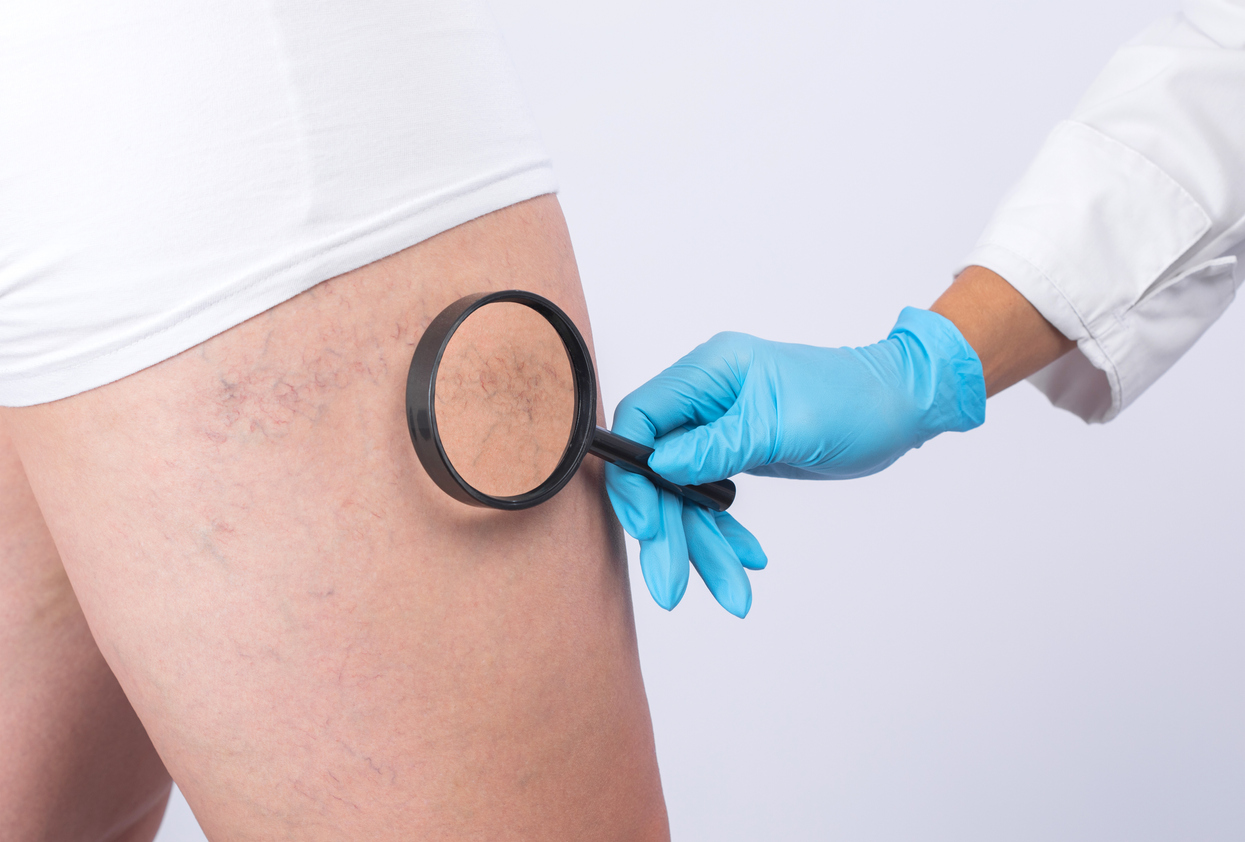
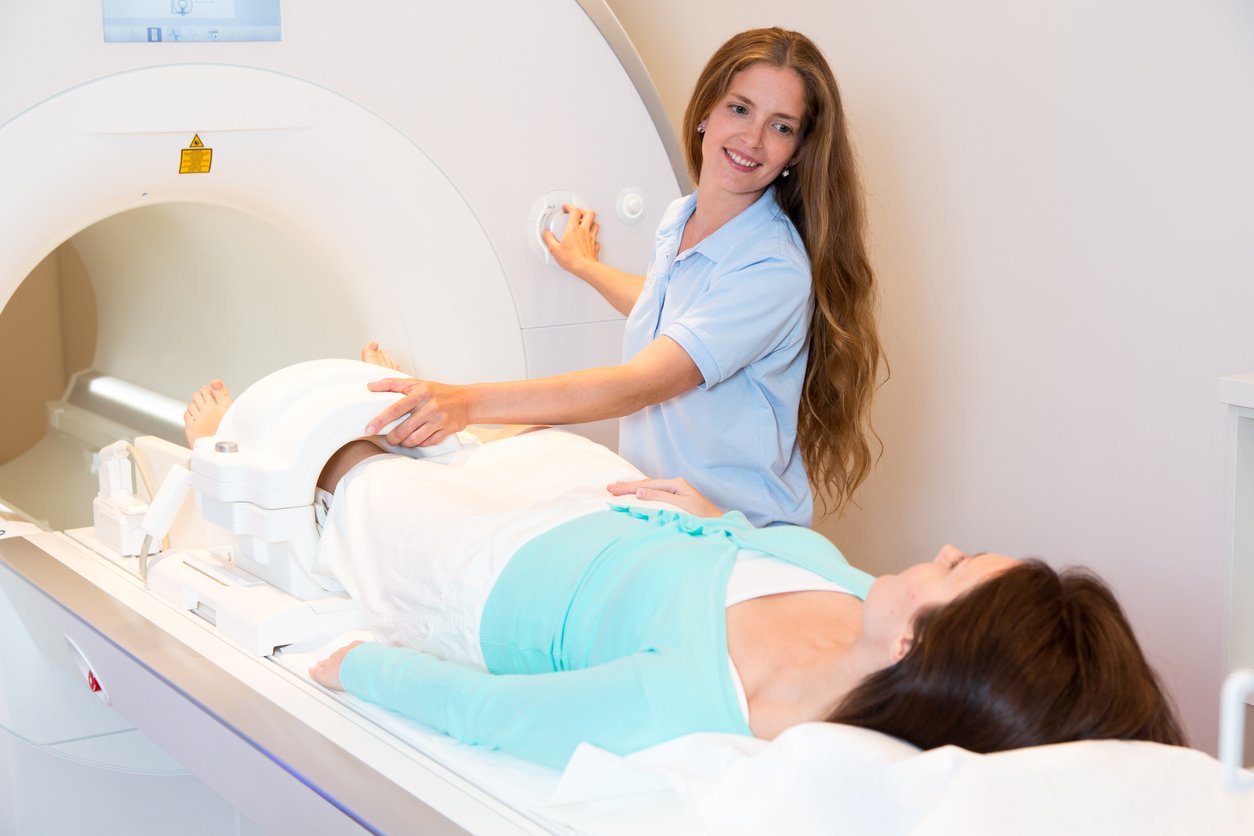
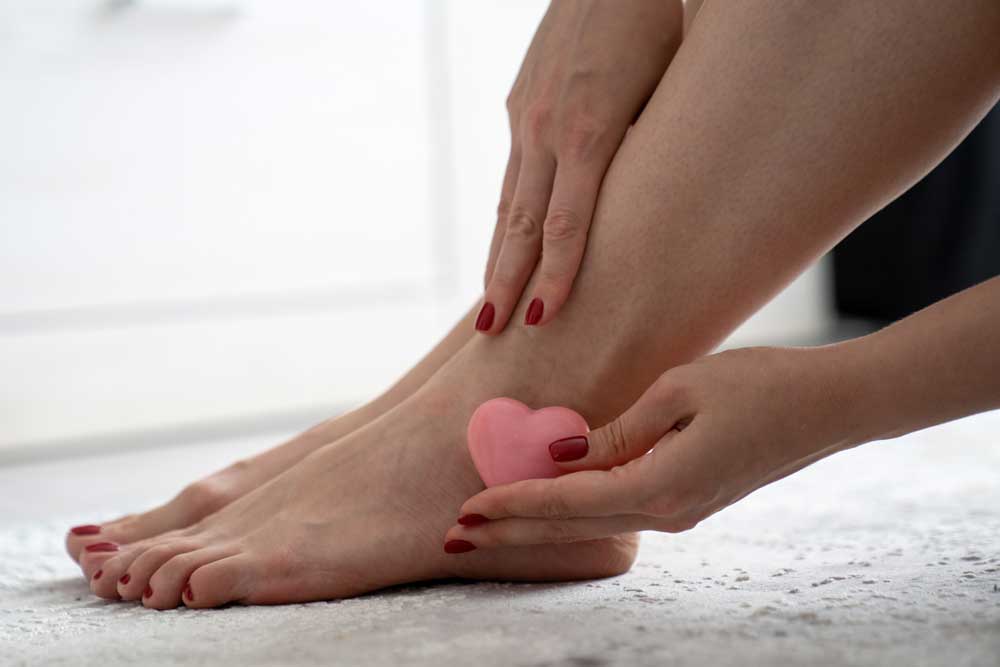





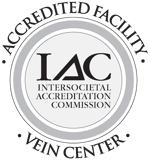
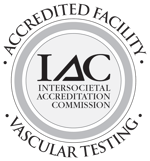
.jpg?width=944&name=Castle-Connolly-Top-Doctors-Emblem-Large%20(4).jpg)